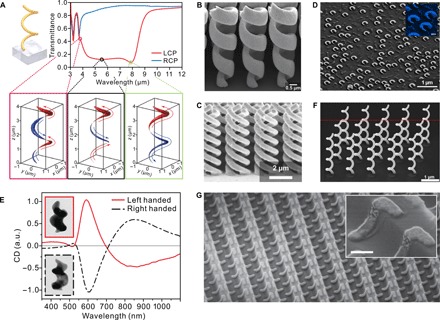Fig. 1. Solid plasmonic chiral structures.

All these structures are intrinsically chiral, meaning they are all made of solid metal and exhibit a distinct handedness due to their shape. (A) Simulated transmittance spectra and plasmonic modes of a metallic spiral with two pitches. The structures basically block LCP light while transmitting RCP light nearly without loss. The observed plasmonic modes extend over the entire structure, thus being strongly handed themselves. (B) Tapered gold helices. In manipulating pitch and diameter of the spirals, the plasmonic modes can be manipulated, and an even larger operational wavelength band can be generated. (C) Nested plasmonic helices fabricated via stimulated-emission-depletion direct laser lithography. (D) Scanning electron microscopy image of plasmonic spirals fabricated via colloidal nanohole lithography. Being at the boundary of top-down and bottom-up techniques, this lithography technique allows for large-area fabrication. (E) Glancing angle deposition allows for the fabrication of extremely small solid gold spirals exhibiting a strong CD response in the visible wavelength range, with excellent mirror symmetry of the CD spectra of the two enantiomers, as expected from theory. a.u., arbitrary units. (F) Free-standing metallic spirals fabricated by electron beam–induced deposition, which allows for the direct writing of functional nanostructures. (G) A two-step lithography process allows fabricating on-edge solid metallic L-shapes, which show a strong chiral optical response. Figures were reproduced with permission from Gansel et al. (13) (A), Gansel et al. (14) (B), Kaschke and Wegener (18) (C), Frank et al. (20) (D), Mark et al. (22) (E), Esposito et al. (26) (F), and Dietrich et al. (30) (G).
